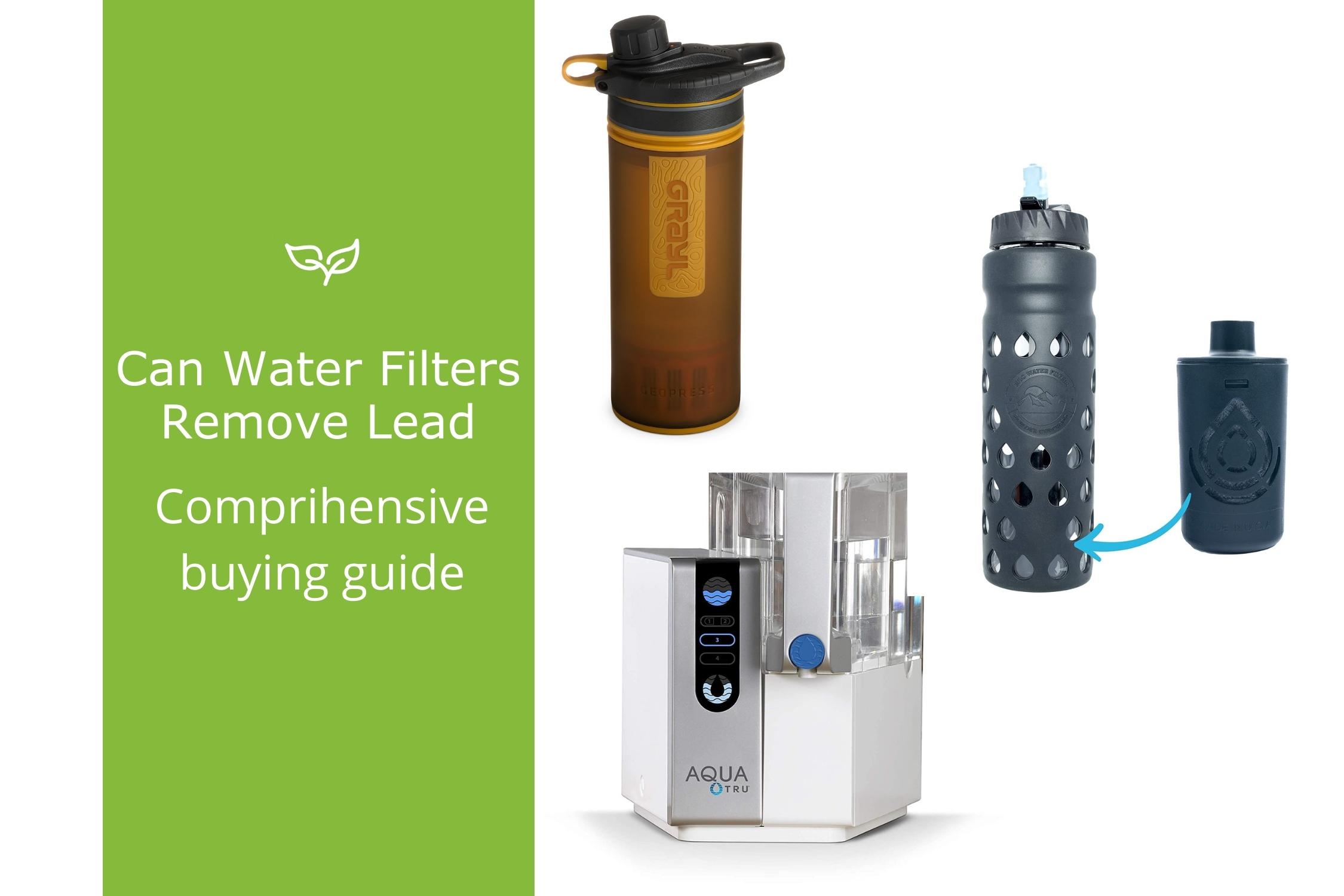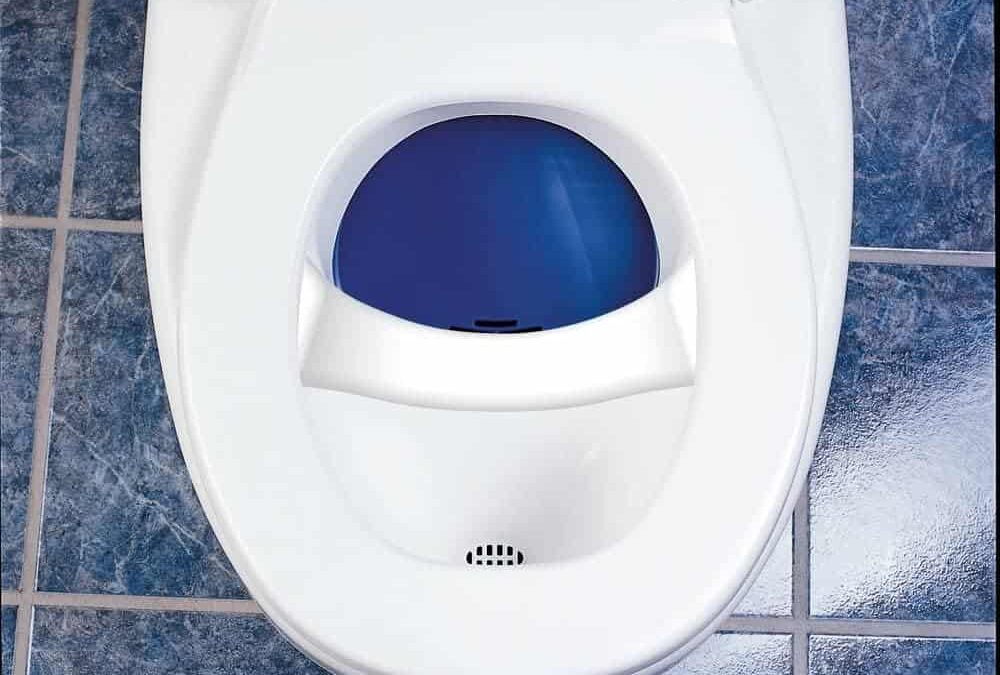Lead is one of the most significant and dangerous potential water contaminants. Even small levels of exposure can result in severe and long-term health issues, and its presence in vast swatches of the world’s water supply makes it difficult to avoid.
Thankfully, advances in water filtration technology have made it easier and far more affordable than ever to filter lead from your water. Today we’ll cover the health risks of lead, how lead gets into your water, and the types of water filters you can use to protect your family.
Health Risks of Lead
Lead is a potent neurotoxin that is unsafe for humans, particularly infants and children, at any level. The EPA has determined that there is no safe level of exposure to lead and that any exposure can result in significant adverse health effects.
Lead doesn’t break down and isn’t excreted in any meaningful way, accumulating in the body over time. The CDC considers lead levels in the blood above 3.5 micrograms per deciliter to be cause for a public health intervention.
Lead is extremely harmful to anyone exposed, but different groups face different risks and potential impacts.
Lead Exposure in Children
Children and infants face the most significant risks from lead exposure. Lead exposure in childhood can have lasting impacts, including:
- Behavior, emotional development, and learning problems
- Reduced IQ and hyperactivity
- Slower than normal growth
- Hearing problems
- Anemia
Estimates show that the U.S. population lost 2.6 IQ points per person on average over the last 50 years due to lead exposure in childhood.
Lead Exposure in Pregnant Women
Lead is stored in our bones throughout life in much the same way as calcium. When pregnant, a woman’s body releases maternal calcium to the fetus, leading to the simultaneous release of lead.
This can have serious long-term consequences, including:
- Slowed fetus growth
- Premature birth
- Damage to baby’s brain, nervous system, and other organs
- Increase the likelihood of learning and behavioral issues
- Increase risk of miscarriage
Lead Exposure in Adults
Lead exposure as an adult is a major contributing factor in several severe conditions, including:
- Hypertension
- Greater incidence of high blood pressure
- Reduced kidney function
- Reproductive issues (both men and women)
How Lead Gets Into Water
Lead contamination in water comes primarily from lead mains, pipes, faucets, and other plumbing fixtures. Lead has been used for plumbing purposes for centuries and was the most common form of pipe used in the U.S. until 1930.
If your city water system was built before 1930, it almost certainly uses lead pipes. Lead was also used in galvanized pipes up through the 1970s, and lead solder was commonly used in plumbing until it was banned in 1986.
Lead pipes can corrode in water with high acidity or low mineral content. This corrosion causes lead particles to flow with the water and eventually be ingested.
The most famous recent example of this is in Flint, MI. Over an 18-month period, residents were exposed to dangerous levels of lead in their drinking water due to corrosive water sourced from the Flint River.
Because lead can enter your water supply from public water mains, supply pipes, or your home’s internal plumbing, it’s difficult to rule out lead contamination. Even if your water has tested negative for lead, a change in water source by your utility could result in a sudden rise in lead from newly corroded pipes.
Finding Lead Levels in Your Water
We recommend everyone filter their water for lead as a precaution. Some, though, have a greater immediate need to do so than others. You can take several steps to determine how much lead exposure you’re dealing with.
An excellent place to start are the Consumer Confidence Reports (CCRs) water suppliers are required to file with the EPA. They provide an overview of your water quality for your water system and the local area.
We also highly recommend you get your water tested, as lead contamination can occur at the level of individual blocks, neighborhoods, or even homes. The EPA keeps a registry of approved labs that can perform water testing in your area.
Types of Water Filters That Remove Lead
Lead is a metallic element and is difficult for many water filters to remove. The two types of water filters most effective at removing lead are activated carbon filters and reverse osmosis filters.
Activated Carbon Filters
Activated carbon filters are absorption filters that rely on the chemical properties of specially prepared carbon to absorb chemical contaminants. The filters have millions of tiny receptors that chemically bond with contaminants and trap them in the filter.
There are two types of activated carbon, Granular Activated Carbon (GAC) and Solid Block Carbon, each with pros and cons. GAC is generally less expensive and more widely available, but solid block carbon is acknowledged as more effective at removing the most potentially damaging contaminants such as lead.
In the past, home activated carbon filters couldn’t significantly reduce dangerous contaminants, with early models focusing primarily on things like chlorine and fluoride that impacted taste. Nowadays, high-quality filters can remove industrial, pharmaceutical, agricultural runoff, and heavy metals by 99% or more.
The downside to activated carbon filters is that they degrade in effectiveness over time and must be replaced regularly. For most GAC filters you’re looking at replacing a filter every 3-6 months, while many solid block filters can last up to a year.
Activated Carbon Filters we Recommend:
Pitcher/Countertop Water Filters
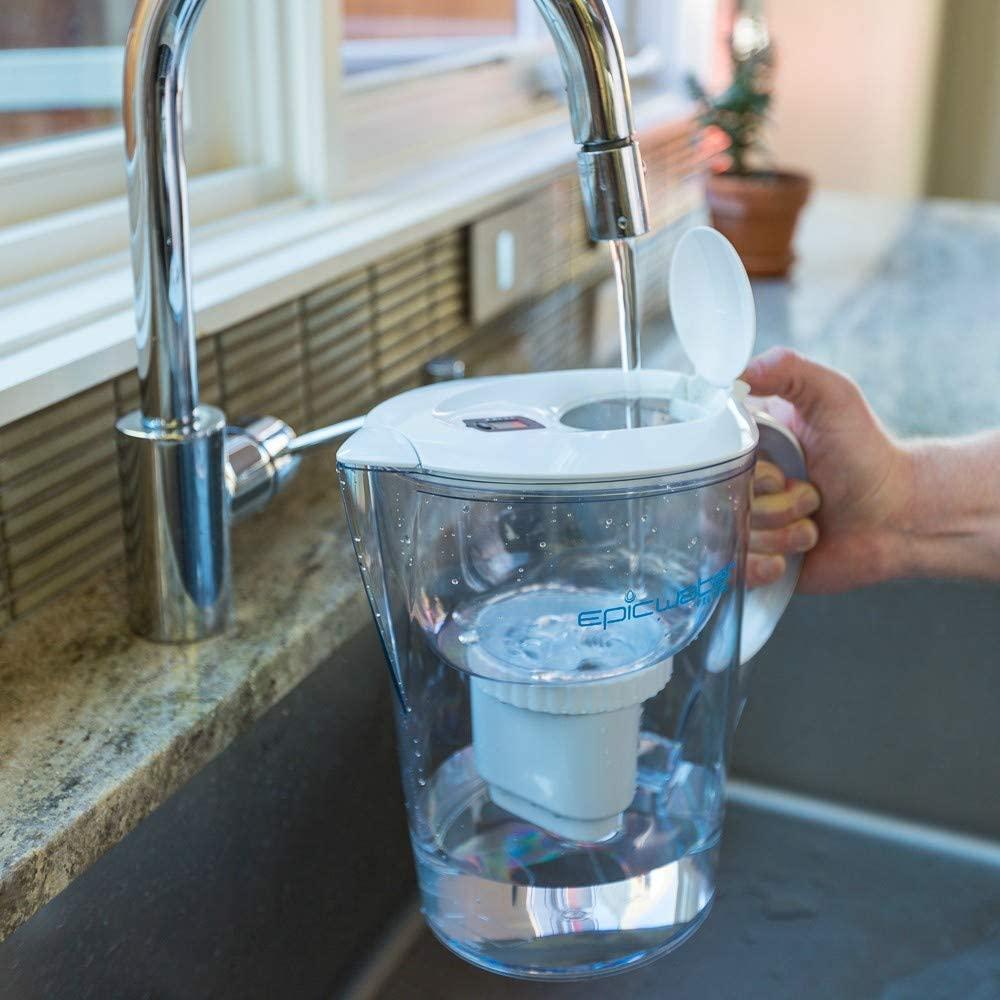
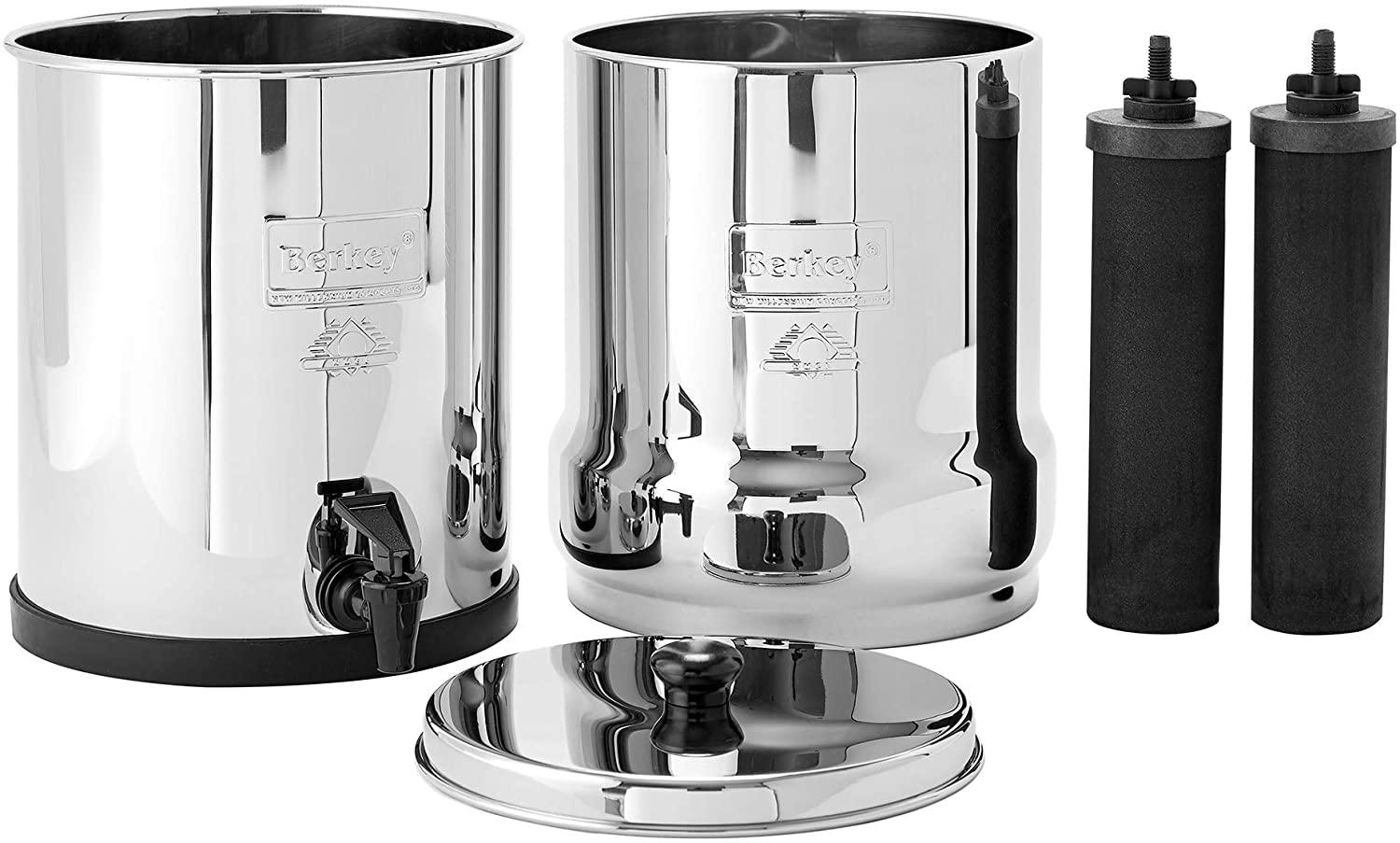
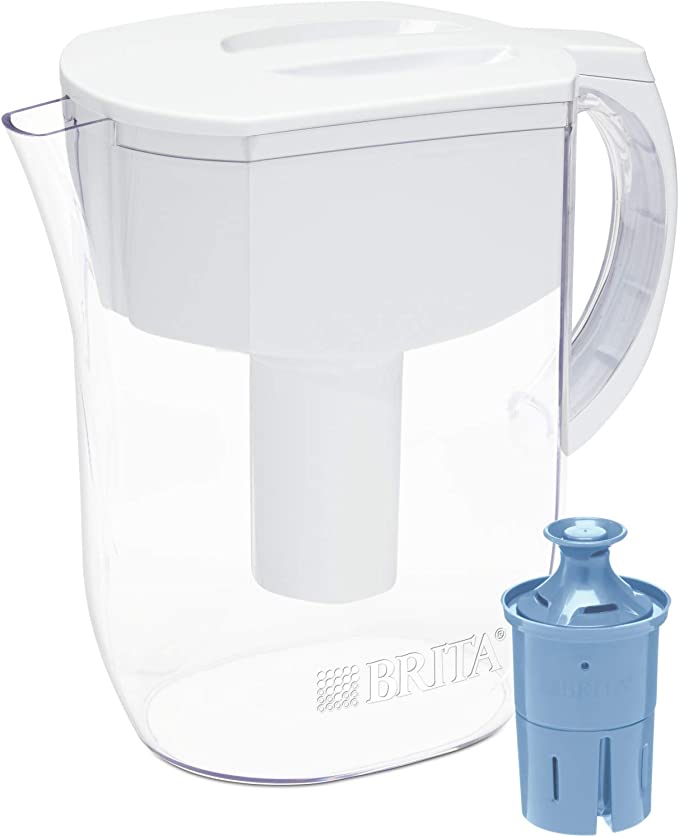
In-line/Undersink Home Water Filters
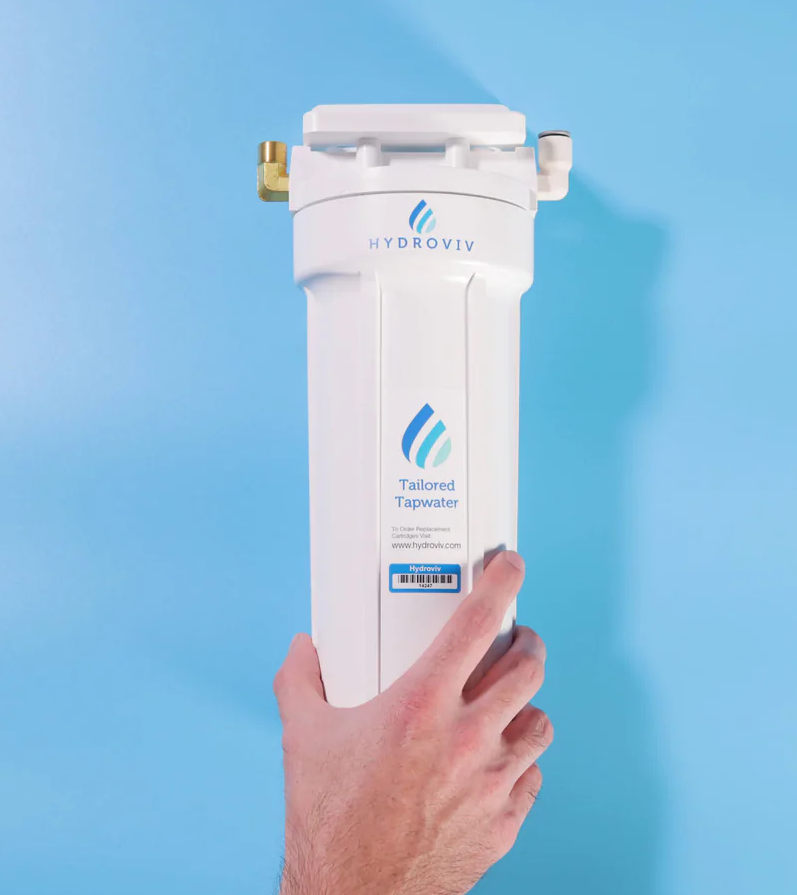
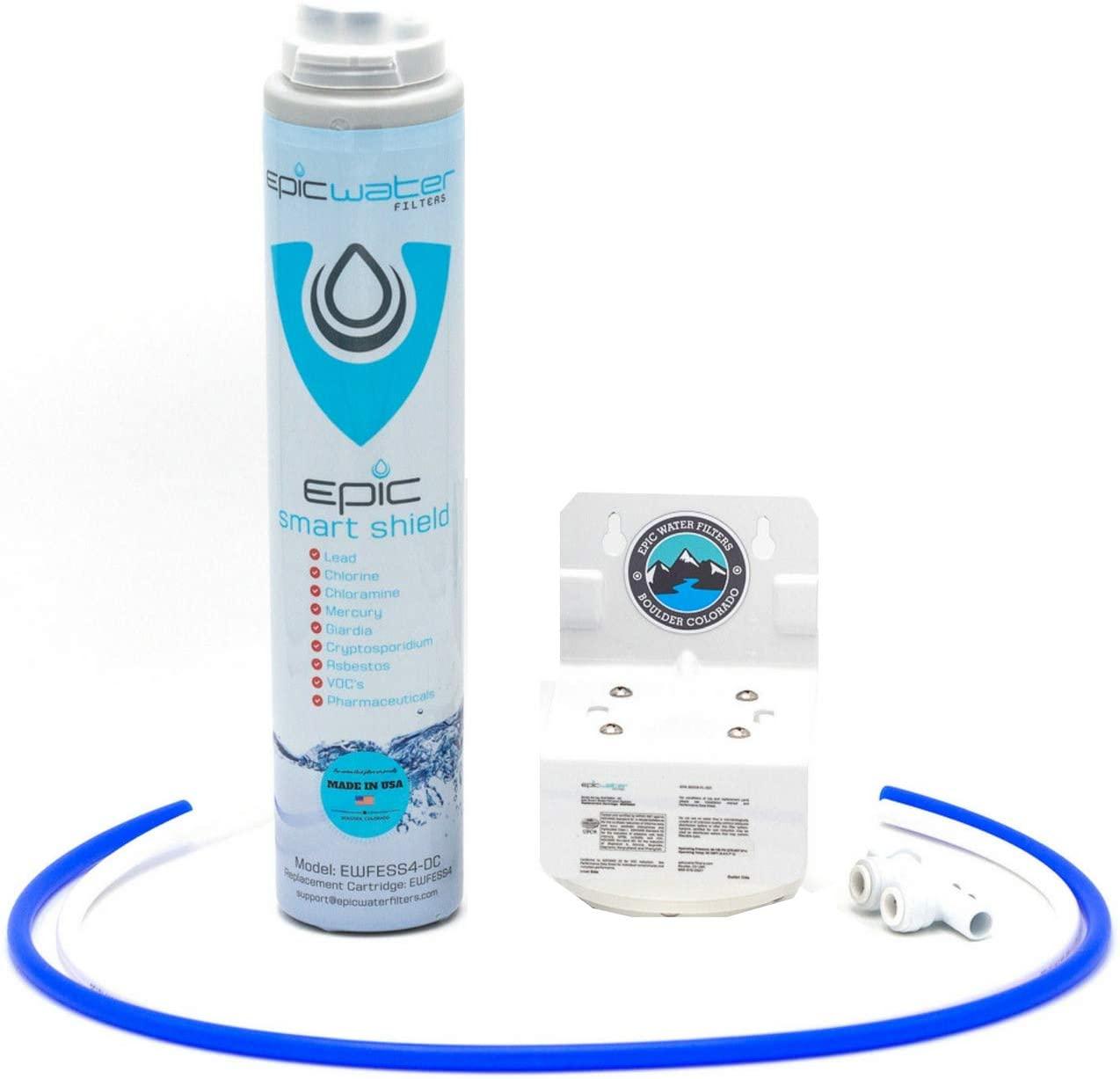
Bottle Water Filters
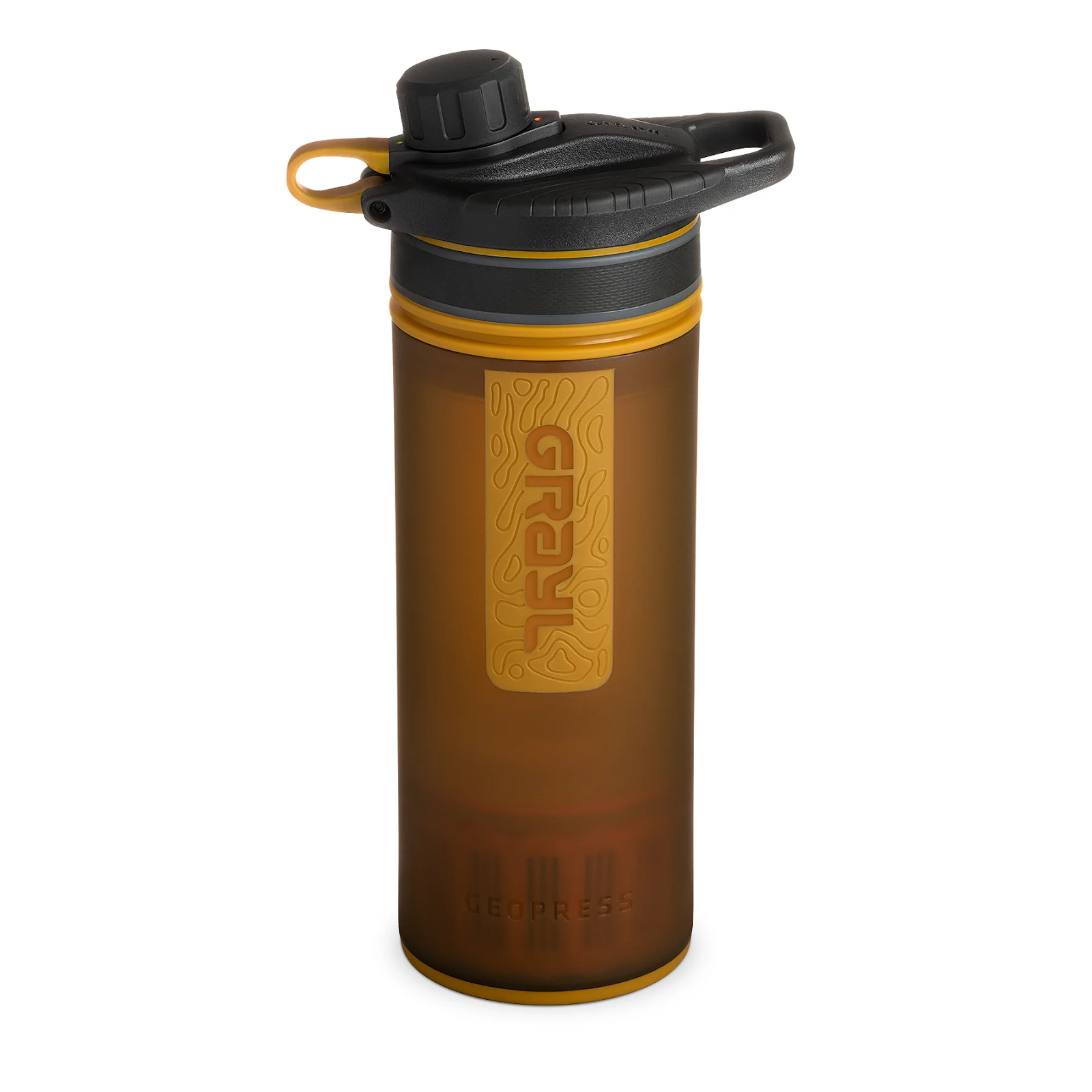

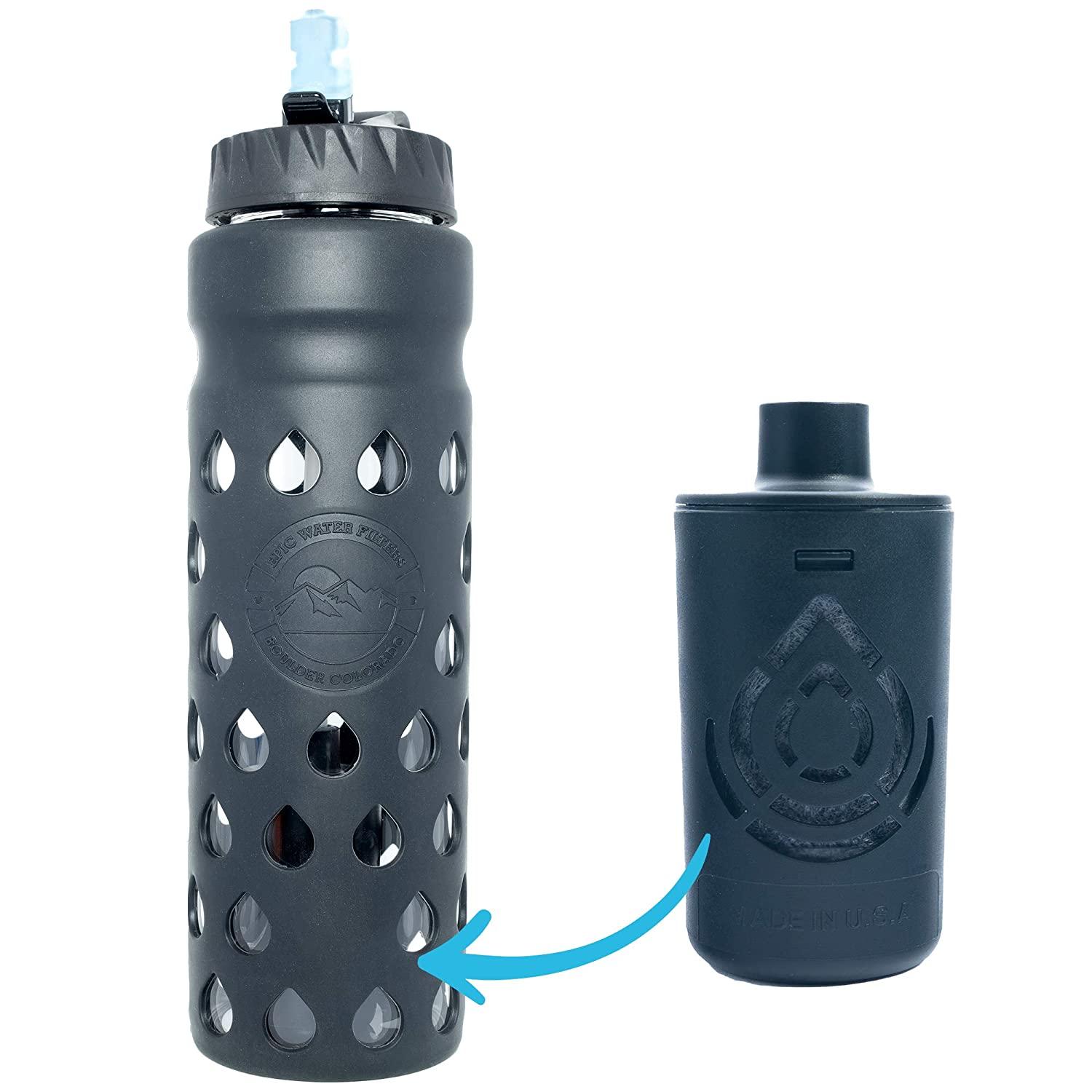
Reverse Osmosis
Reverse osmosis water filters use a semi-permeable membrane separating two containers of water with different concentrations of minerals, contaminants, and other dissolved particles. By applying pressure to the side with more contaminants, water can be forced through the membrane and into the other side.
Because the membrane has tiny pores, nothing but pure water molecules can make it through. Any contaminants, including lead, are removed.
There are two downsides to reverse osmosis. The first is cost.
Reverse osmosis systems are more expensive upfront than a comparable activated carbon filter. The second is that when we say reverse osmosis removes everything, we mean everything.
It strips out all the minerals and other helpful stuff in your water, with the dual effect of lowering your body’s absorption of certain essential minerals and becoming more corrosive if used in appliances.
Reverse osmosis systems we recommend include:
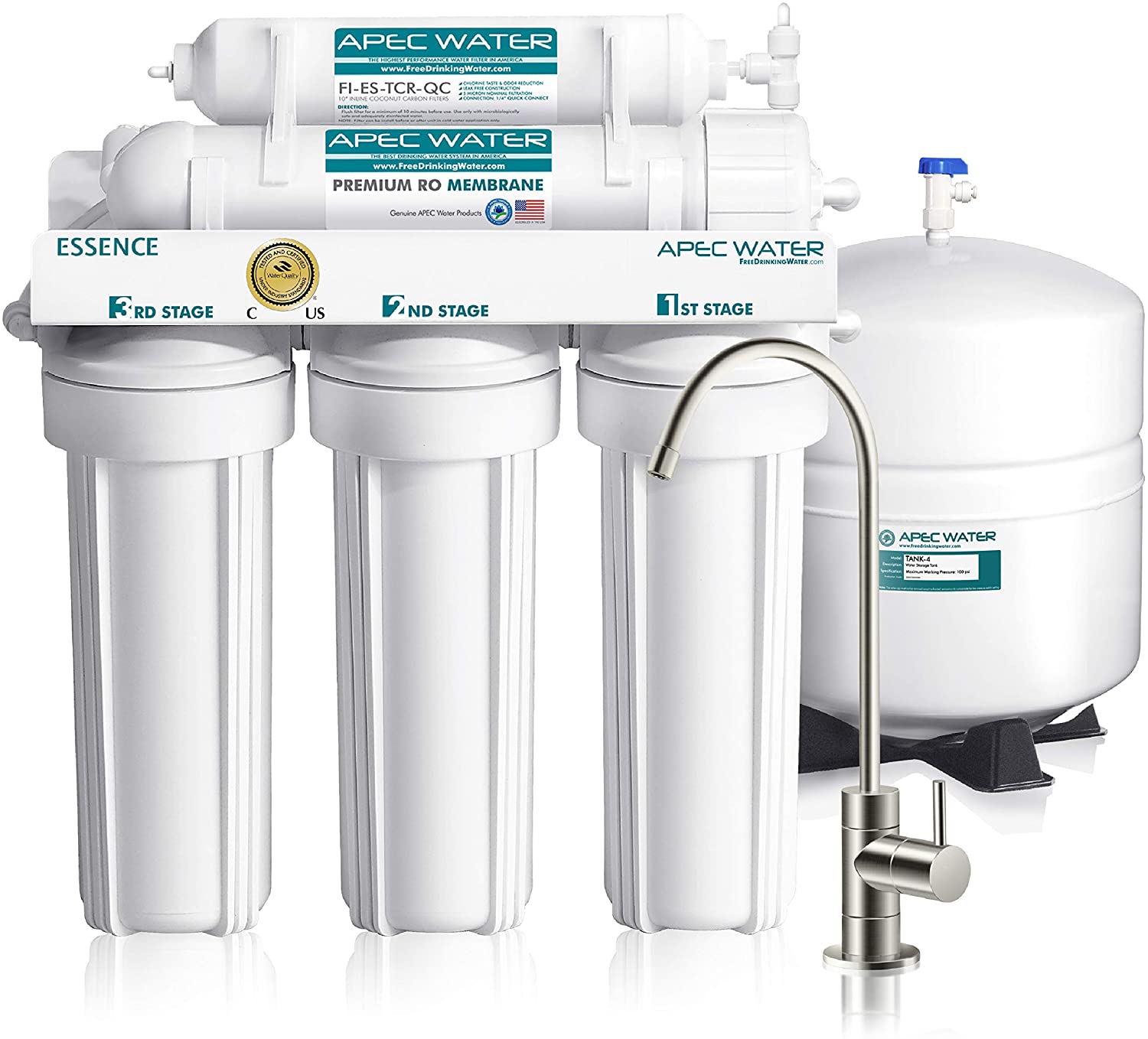
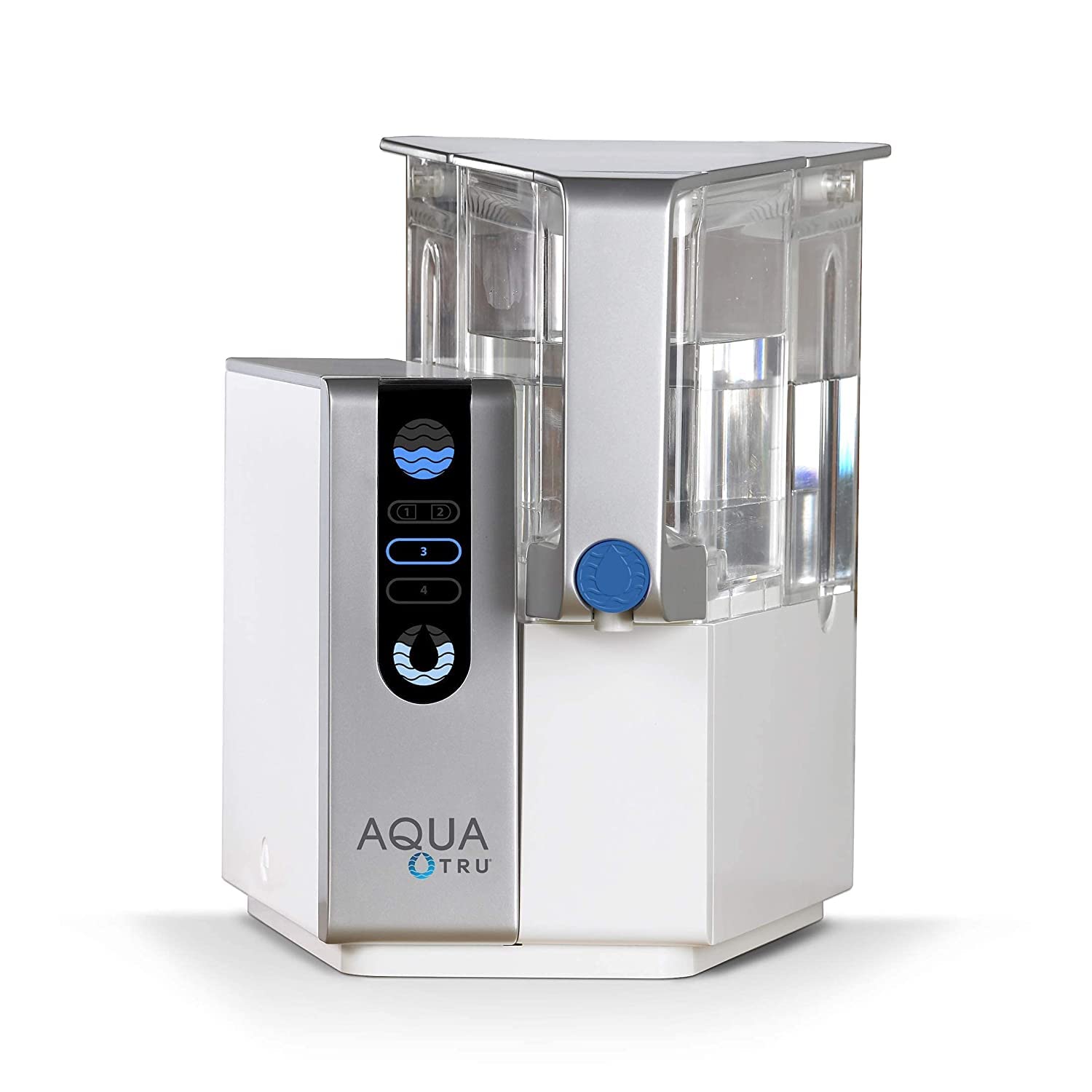
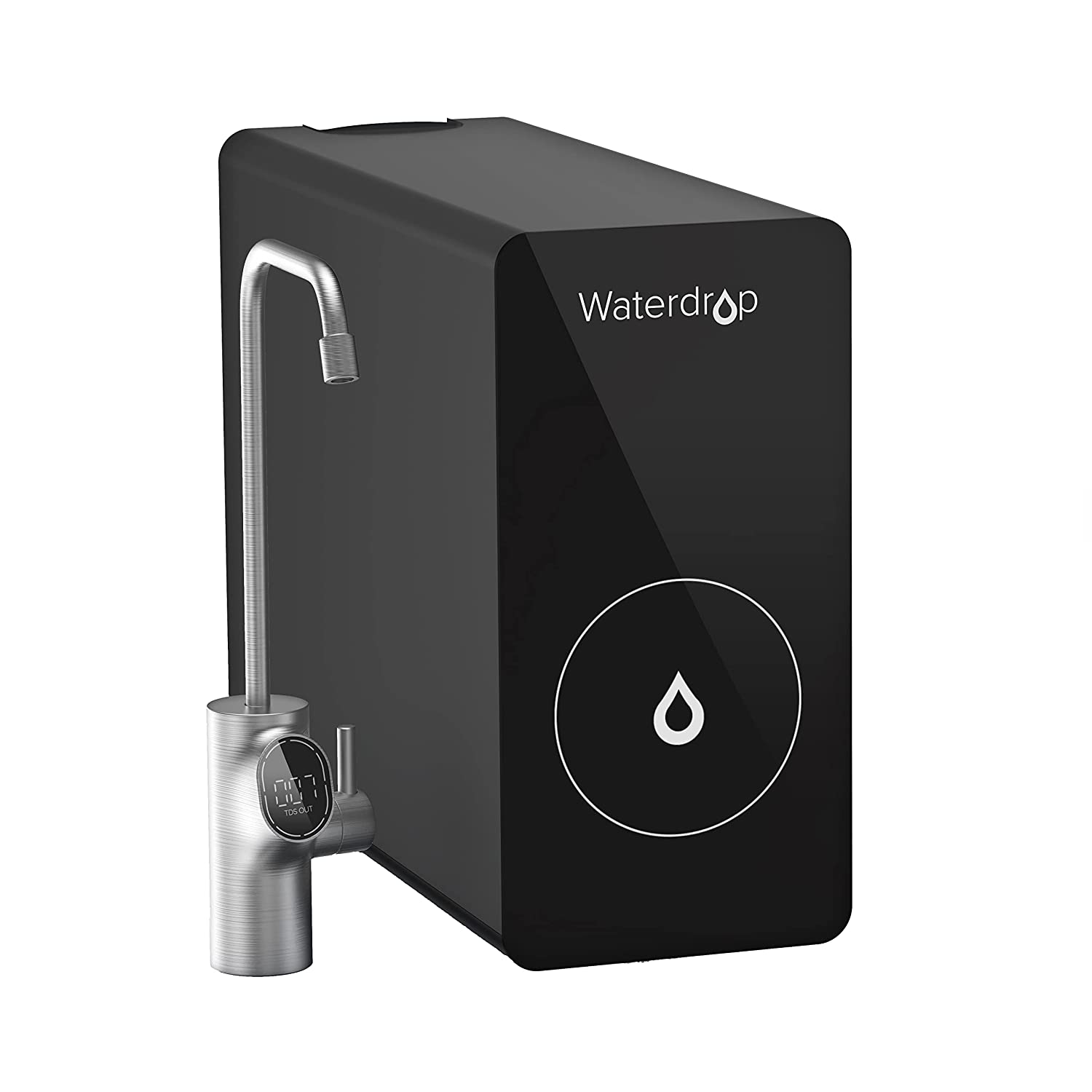
Final Thoughts
Lead is only one of many water contaminants out there, many with equally dangerous health impacts. Check out our other water filtration articles to learn more about specific contaminants and how to protect your family from them.
PFAS in the water supply is a great place to start. (Link out to PFAS article when posted)

